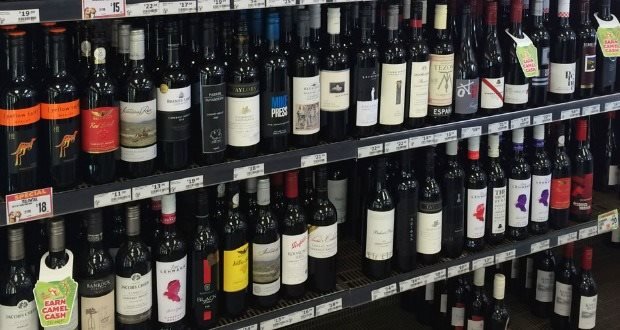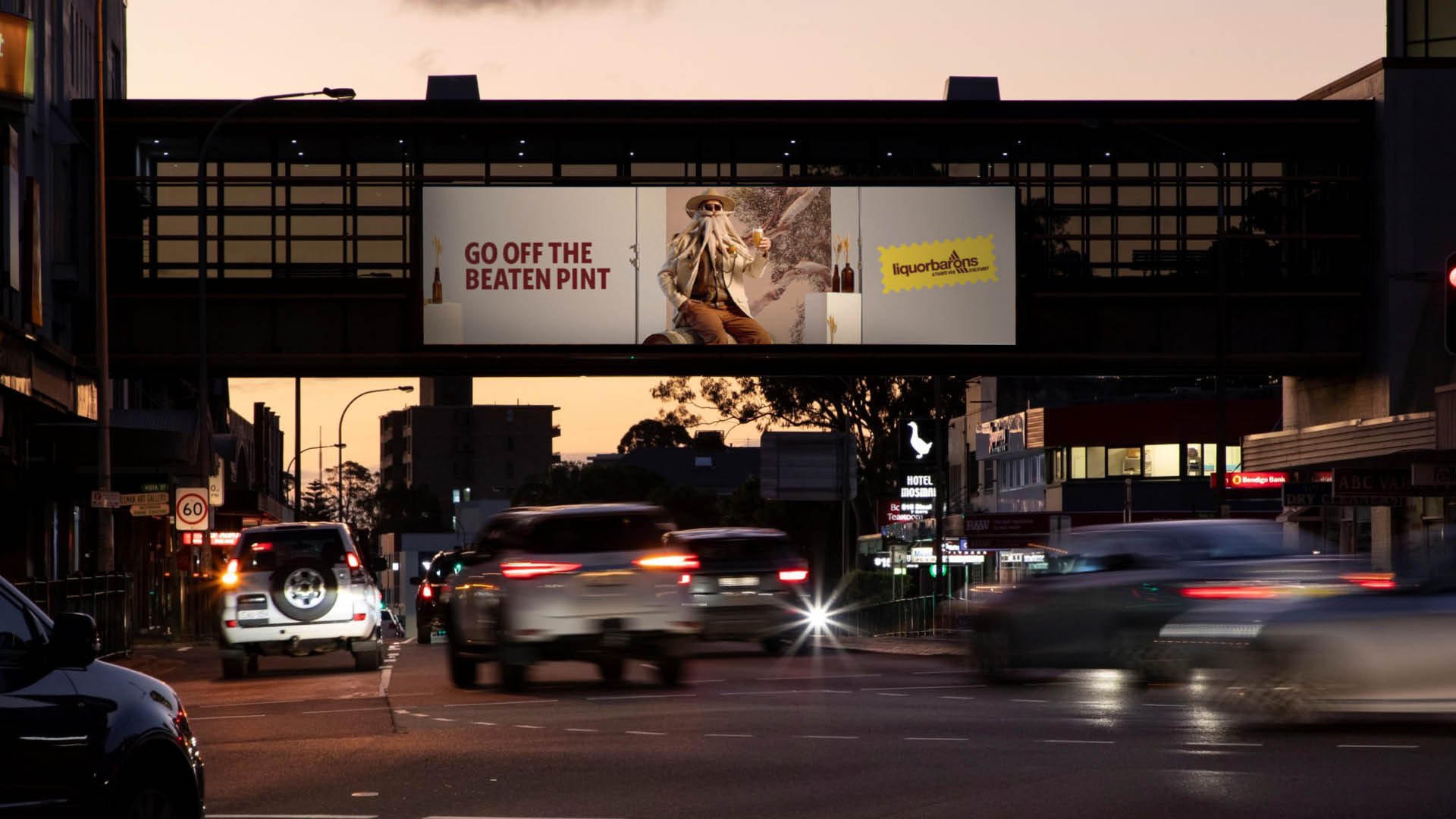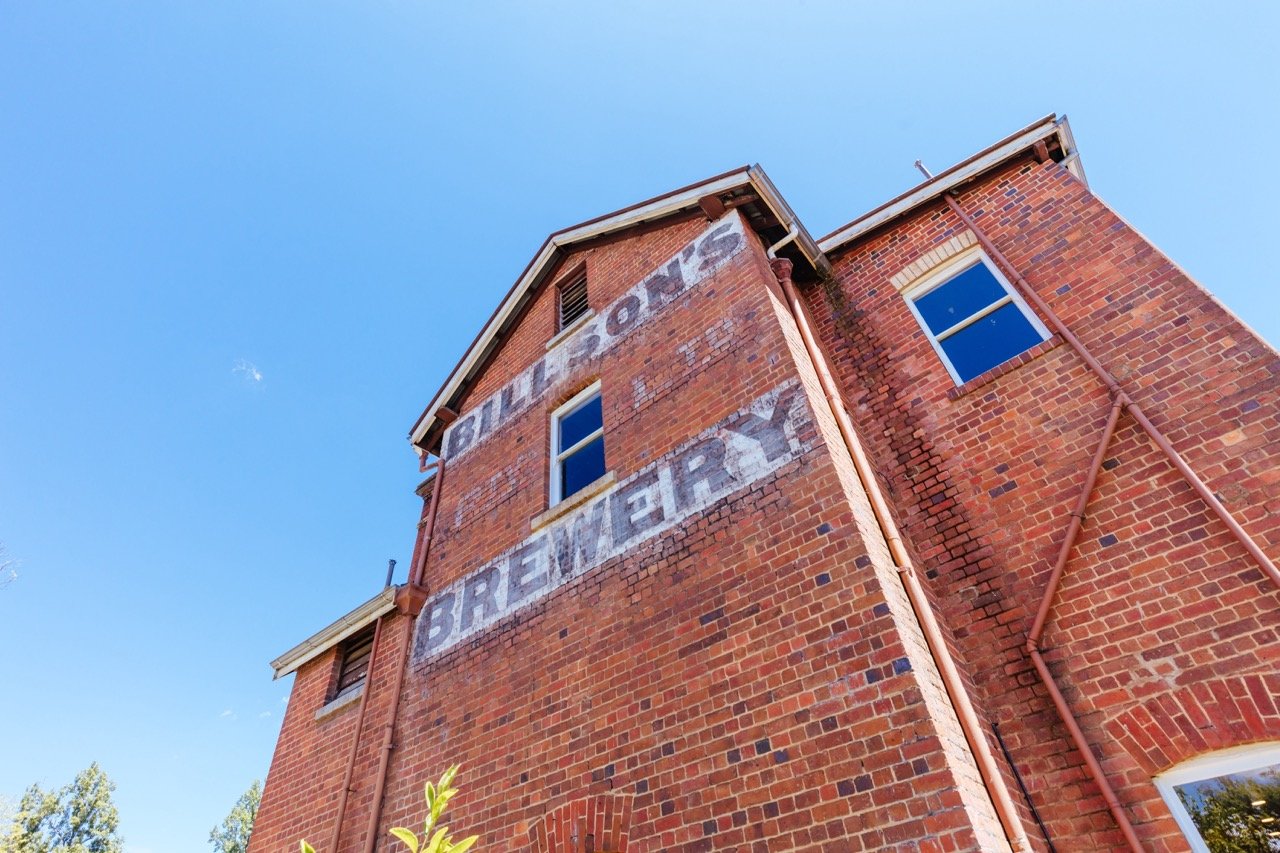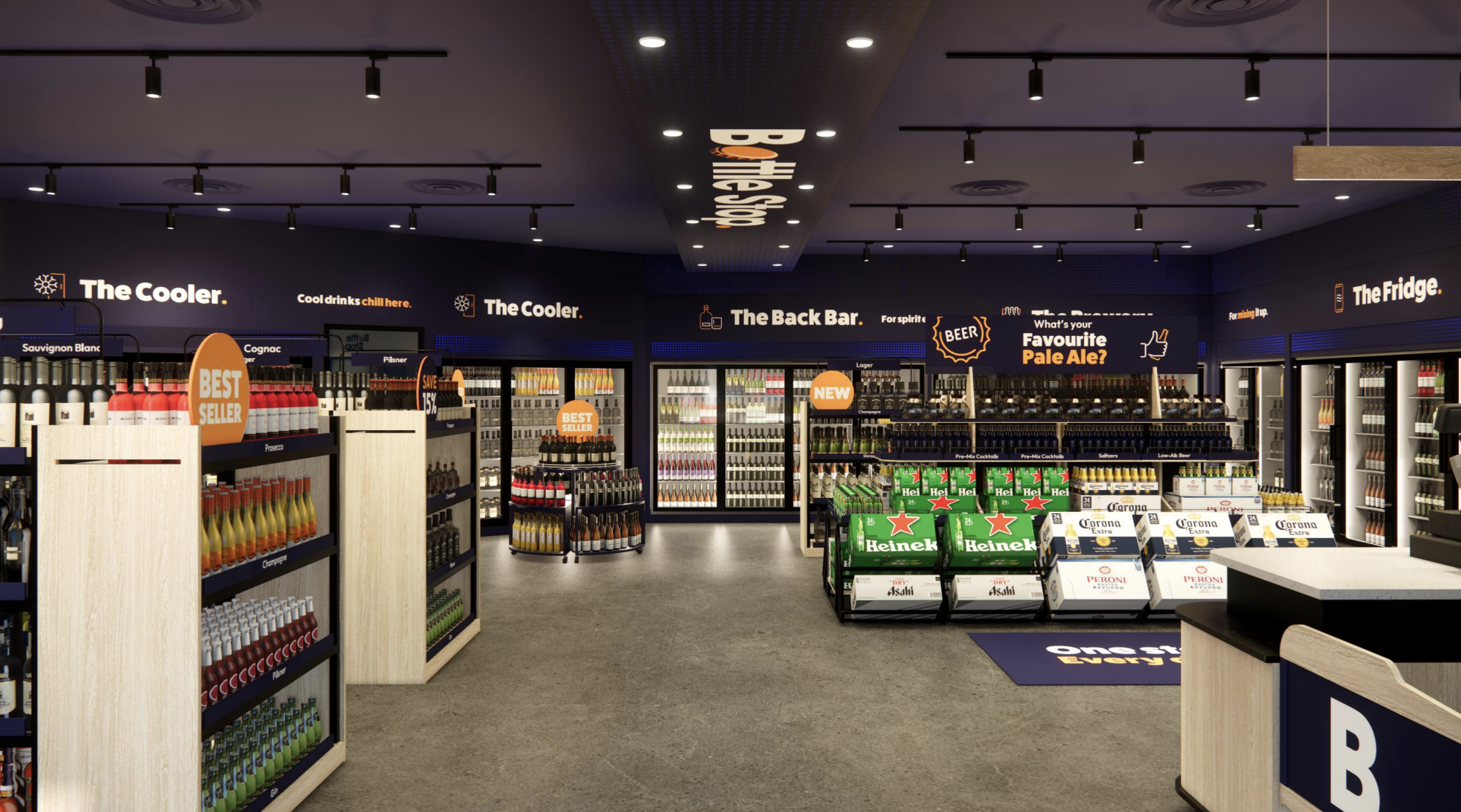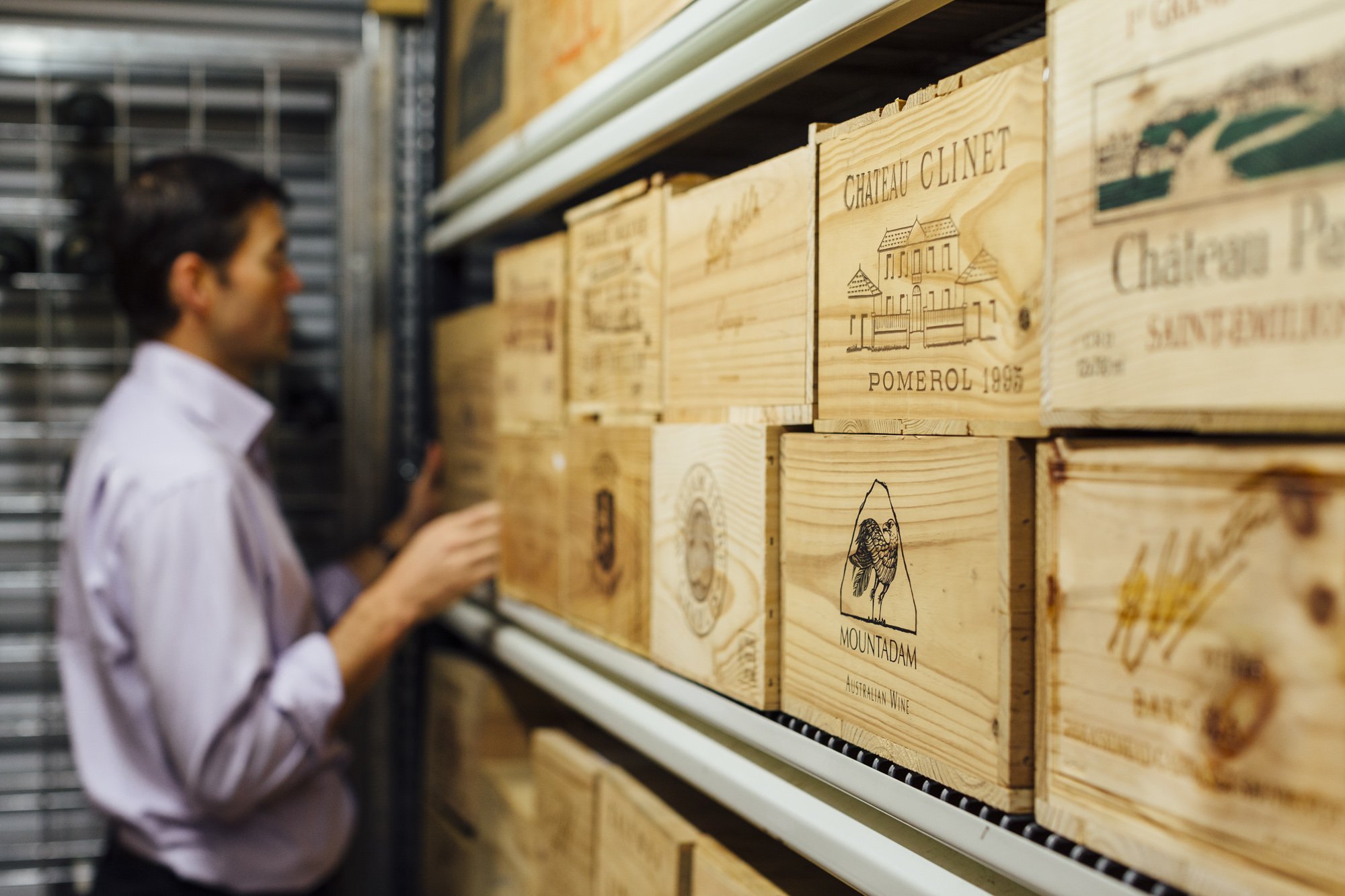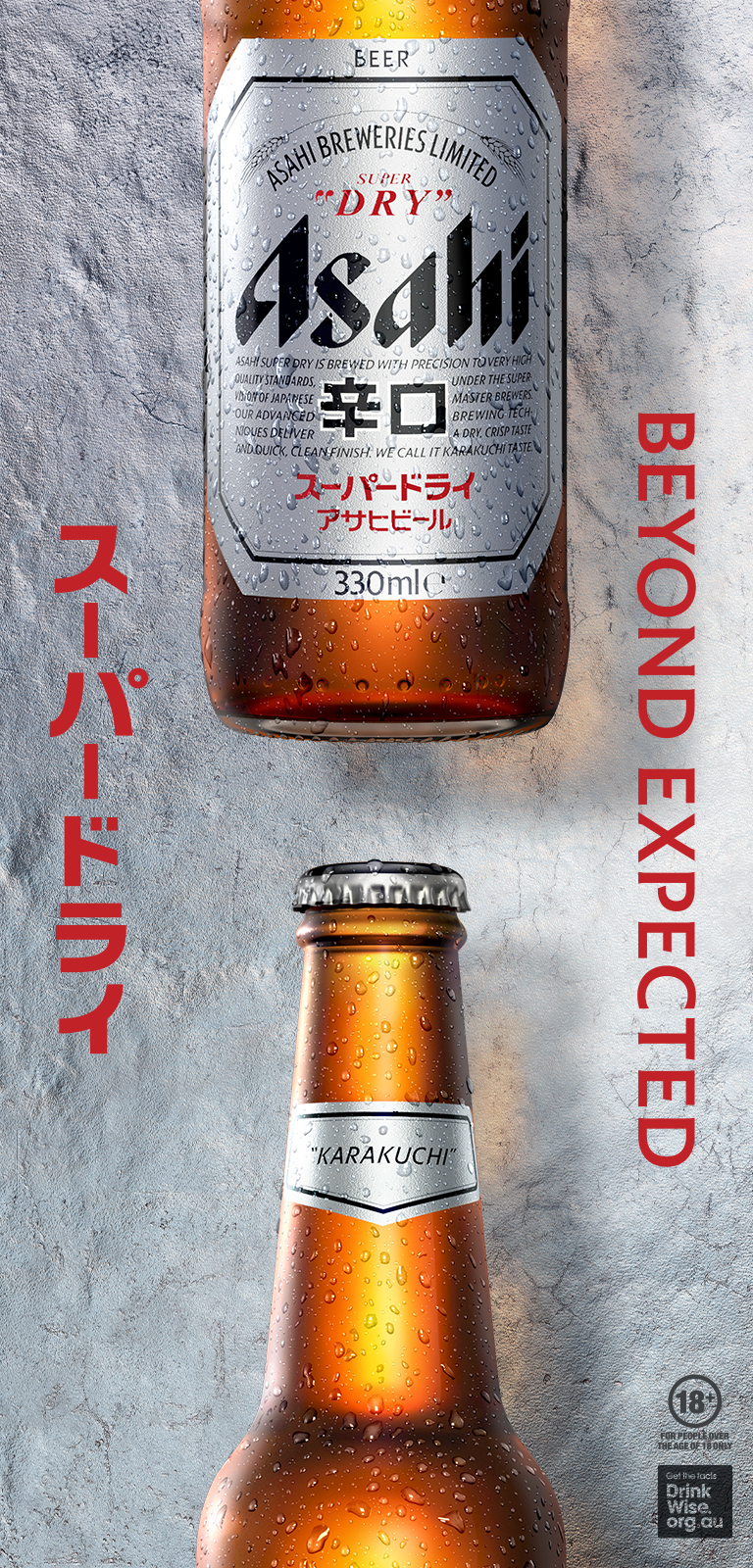Data released by the Australian Bureau of Statistics shows that wine prices dropped by 1.9% in the final three months of 2018.
The consumer price index rose 0.5% over the December quarter for an annual advance of 1.8%. It was the first time in eight quarters that the CPI had exceeded economist forecasts.
Half of the quarterly increase was due to an excise increase on tobacco, while the usual seasonal increase in domestic travel accounted for most of the rest of the increase.
“The most significant rises in the December quarter were tobacco (9.4%), domestic holiday travel and accommodation (6.2%), fruit (5%), new dwellings purchased by owner-occupiers (0.4%) and furniture (1.8%),” the ABS said.
“Those increases were partially offset by falls in automotive fuel (-2.5%), audio visual and computing equipment (-3.3%), wine (-1.9%) and telecommunications equipment and services (-1.5%).”
"The main upward surprise was in the food category," Commonwealth Bank's Kristina Clifton told The Australian Financial Review. "It appears that the drought had a significant impact on some food items such as meat."
Food prices climbed 0.9%, fruit was up 5% and lamb prices nationally grew by 6.8%, the largest December quarterly increase since 1976.
Inflation growth remains well below the Reserve Bank’s target range, so there's speculation that an interest rate cut is imminent.
AMP Capital chief economist Shane Oliver told The Sydney Morning Herald: "Combined with the run of poor national data lately including a drop in business conditions, lower consumer sentiment, falling manufacturing indicators, falling building approvals and falling home prices we think the Reserve Bank will need to downgrade its optimistic growth forecasts before cutting the cash rate in the second half of the year."
Share the content
